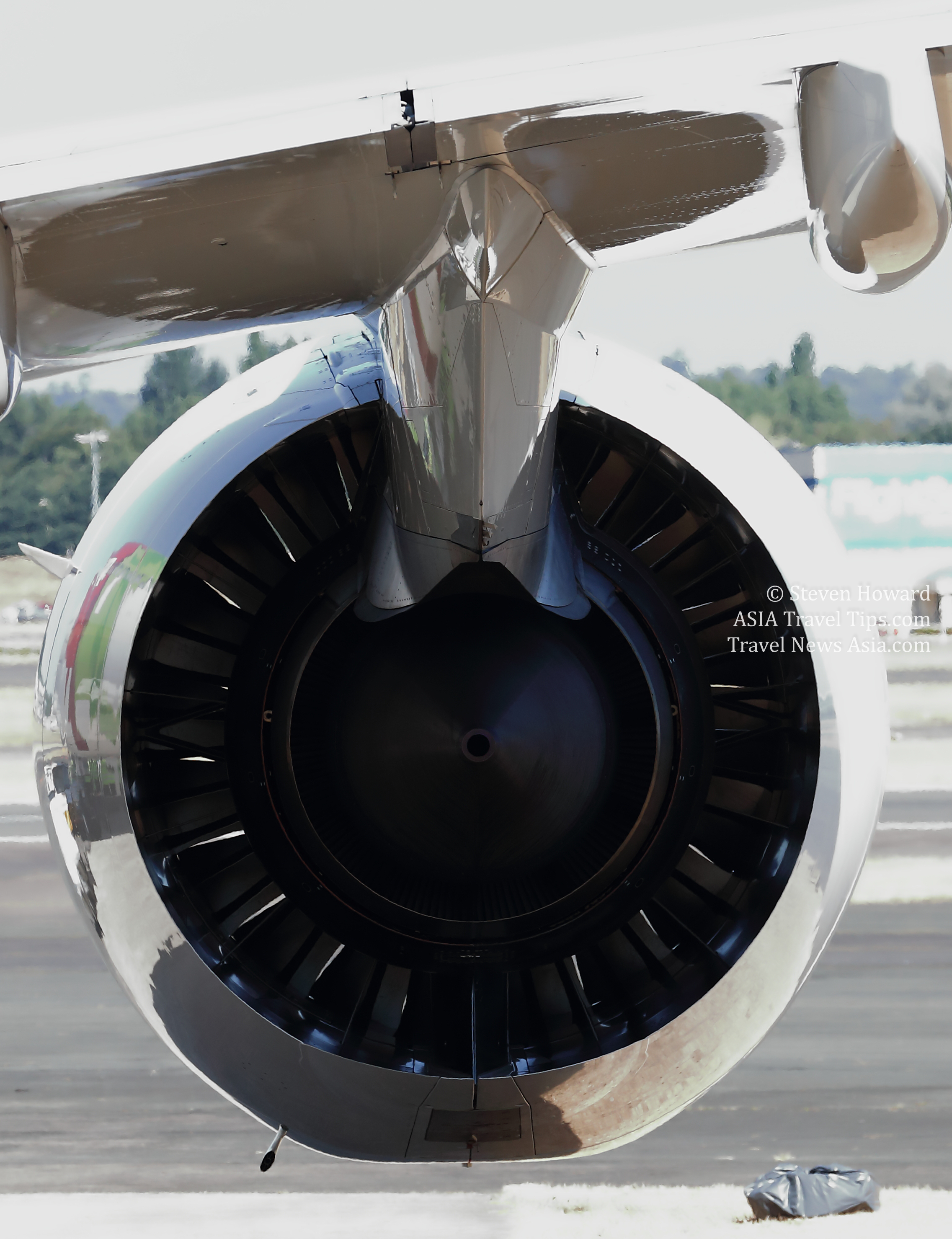|
In 2018, more than
4 billion passengers worldwide were carried safely on 38 million flights.
There were 13 major accidents involving commercial airline
operations, which resulted in a total of 523 fatalities. This
represented an overall loss rate of one major accident for every
three million flights.

Looking more closely at the data, there were
seven major accidents involving large western-built commercial
airline jets, which resulted in a total of 304 fatalities,
representing a loss rate for this category of operations of one
major accident for every five million flights.
Asia Pacific
carriers experienced two major accidents involving large
western-built commercial airline jets, which resulted in 190
fatalities.
AAPA member airlines experienced zero major accidents
during 2018.
Turning to turboprop aircraft operations,
worldwide there were 5 major accidents in 2018 involving
commercial airlines, which resulted in a total of 148 fatalities,
including one accident involving an Asian operator which resulted
in 51 fatalities.
Turboprop operations play an important role in
the development of new routes and connectivity to relatively
inaccessible regions. Overall safety performance for turboprop
operations has benefitted from collective efforts to address
specific risk factors and operational challenges.
Mr.
Andrew Herdman, Director General of the
Association of Asia Pacific Airlines (AAPA), said, "Aviation
safety is always our first priority and responsibility. With the
demand for air travel growing continuously, the world's airlines
are now responsible for safely transporting 12 million passengers
a day, with a total of 4.5 billion passengers expected to take to
the skies this year. Flying is
extraordinarily safe, and major accidents are rare events, but the
industry experienced a number of fatal accidents in 2018 which
reinforce the need to maintain and further enhance the highest
safety management practices and standards."
"Attaining ICAO's global aviation safety objectives requires
active collaboration of regulators and industry, at all levels, to
establish proactive safety management systems across the industry,
identify evolving safety priorities and address common operational
challenges," added Mr. Herdman. "Governments and
industry need to work closely together to tackle existing aviation
infrastructure capacity constraints and congestion, whilst
investing in the future to ensure that the air transport system is
able to meet the expected growth in demand. AAPA strongly supports measures to reinforce the
effectiveness of safety oversight within the region and enhance
aviation safety performance through regional and national safety
teams."
|
Headlines: |
|
See latest
HD Video
Interviews,
Podcasts
and other
news regarding:
AAPA,
Safety,
Security.
|
